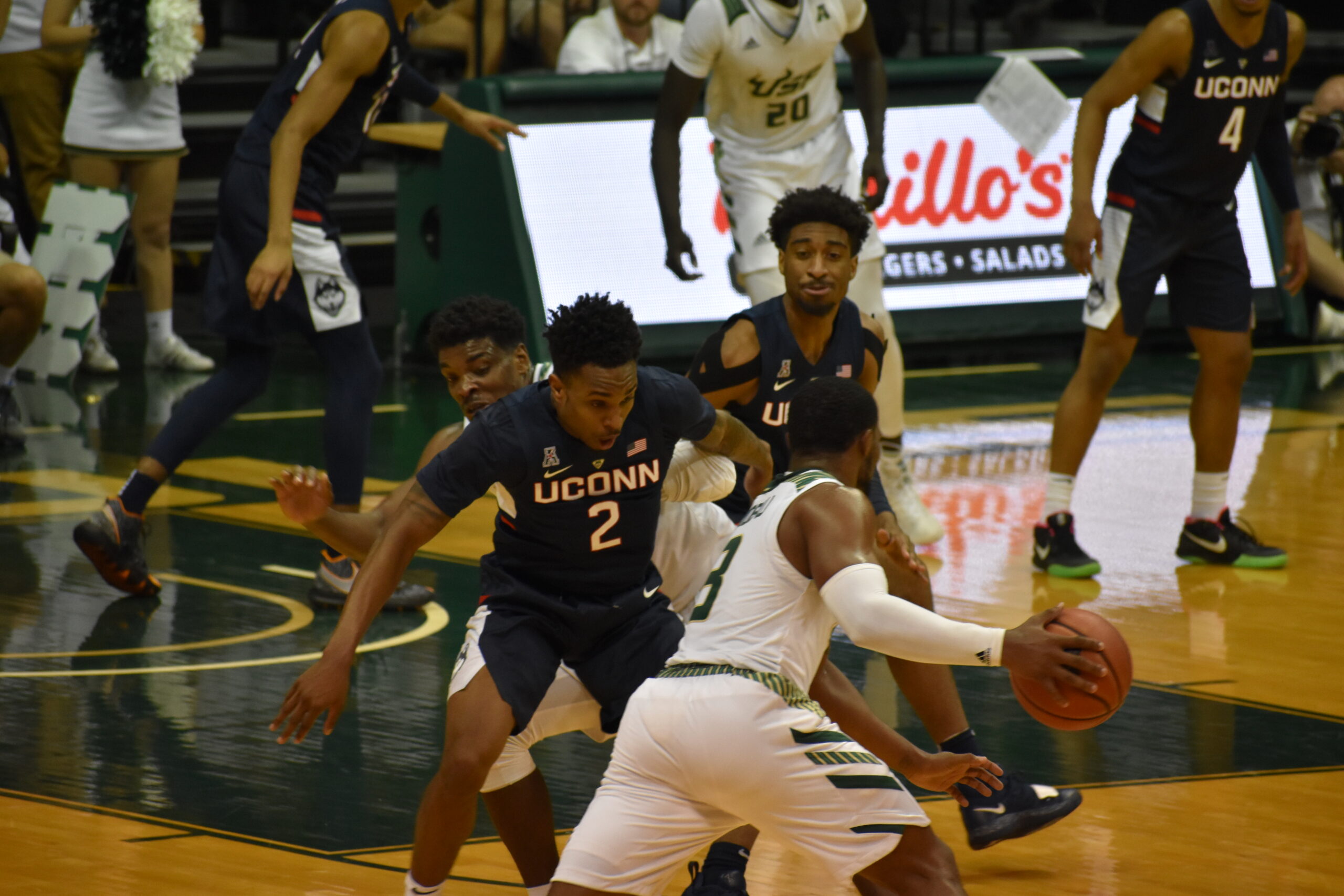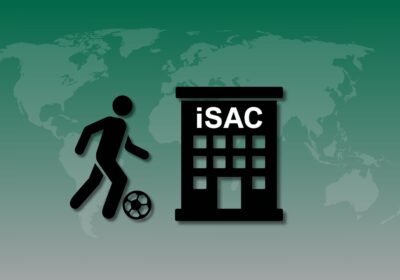Commentary: With UConn now gone, where does AAC go from here?

Something that might have been lost during the shutdown of sports amid the coronavirus (COVID-19) pandemic is that we’ve seen UConn play its last game as a member of the AAC.
A member of the conference since its inception as the Big East in 1979, its reorganization as the AAC in 2013 and a conference mate of USF since 2005, UConn is off to join some of its old rivals in the new Big East — a conference that formed as a result of instability in the old (1979) Big East.
Granted, the pandemic only moved that up by a few months, as the Huskies were leaving for their new conference on July 1. As fun as it was to pick on UConn’s sad football team, and as frustrating as it could be to see Geno Auriemma’s teams run circles around every other women’s basketball team in the conference — especially USF — those days are over.
The football team is going to earn its athletic department a couple of big paychecks to get pummeled as an FBS Independent for a few years before finding an FCS conference to fade into obscurity with — or just get shut down completely. Either way, it won’t be a pretty sight, and it’s actually quite a sad fate for a program that dates back to 1896.
Meanwhile, USF fans can actually objectively admire Auriemma and his Huskies without them being a determinant to the Bulls’ chances at the program’s first ever conference title.
So now that the dog days are actually over, where does the AAC go from here?
Commissioner Mike Aresco said in October that there were no immediate plans to replace UConn, as the league received permission from the NCAA to hold a football championship game in 2020 and 2021 despite not meeting NCAA requirements for holding one. Aresco did not seem optimistic at the time of the prospect of the NCAA extending permission beyond that, and adding a new member would likely be far easier than pushing for legislation to change the 12-team or round-robin requirement the NCAA mandates.
So it stands to reason that, at some point, there will be a new football-playing member in the AAC.
From a purely football perspective, the only phone call Aresco should make is to Boise State athletic director Curt Apsey. While western Idaho is quite a trek for even the nearest would-be conference member, Tulsa, the good outweighs the bad.
The Broncos are as iconic a brand as can be found in the Group of Five. Boise State, with its signature blue turf, is 461-169-2 since becoming a four-year school in 1968, is 12-7 in bowl games and has won 20 conference championships at the FBS level.
Oh, by the way, Boise State is likely looking to get out of the Mountain West because it feels the conference is attempting to end an agreement with the school that kept it from leaving for the Big East in 2013. Had that agreement not been struck, Boise State is almost assuredly a member of the AAC today.
But a team in Idaho is a nonstarter for other sports like women’s soccer and volleyball due to the lack of a suitable travel partner (a second team nearby that a visiting team plays on a weekend to maximize travel time and cost. USF and UCF are travel partners, for example). The Broncos can find another home for their other teams if brought in as a football-only member, but the AAC still needs to be cognizant of the loss UConn creates elsewhere.
Temple served as UConn’s travel partner, so there’s likely a school in the northeast that meets what the AAC is looking for in a member. But the right one must be found to stop the bleeding created by both UConn’s departure and the ensuing financial hurt that will come with the pandemic.
With the loss of the Huskies, some sports drop down to a critical number of teams: Softball to seven and women’s lacrosse to five. Men’s soccer, which lost Cincinnati on Tuesday after the school announced it was dropping the sport amid pandemic concerns, is now down to six. Given the uncertainty surrounding college athletics regarding the pandemic, more schools may be forced to cut Olympic sports, dropping already low numbers even lower.
Of course, the AAC will likely do something in the interim — like pairing East Carolina with Temple for travel purposes — so there’s really no telling what geographic, financial or even academic needs will have to be met — which is why Aresco wasn’t in a hurry to replace UConn in the first place.
But two years goes by quickly in college football. After all, UConn’s last bowl appearance feels like just yesterday, but it was actually five seasons ago. (Sorry, one last dig — for old times’ sake.)
Happy trails, Huskies. The AAC won’t be the same without you.







